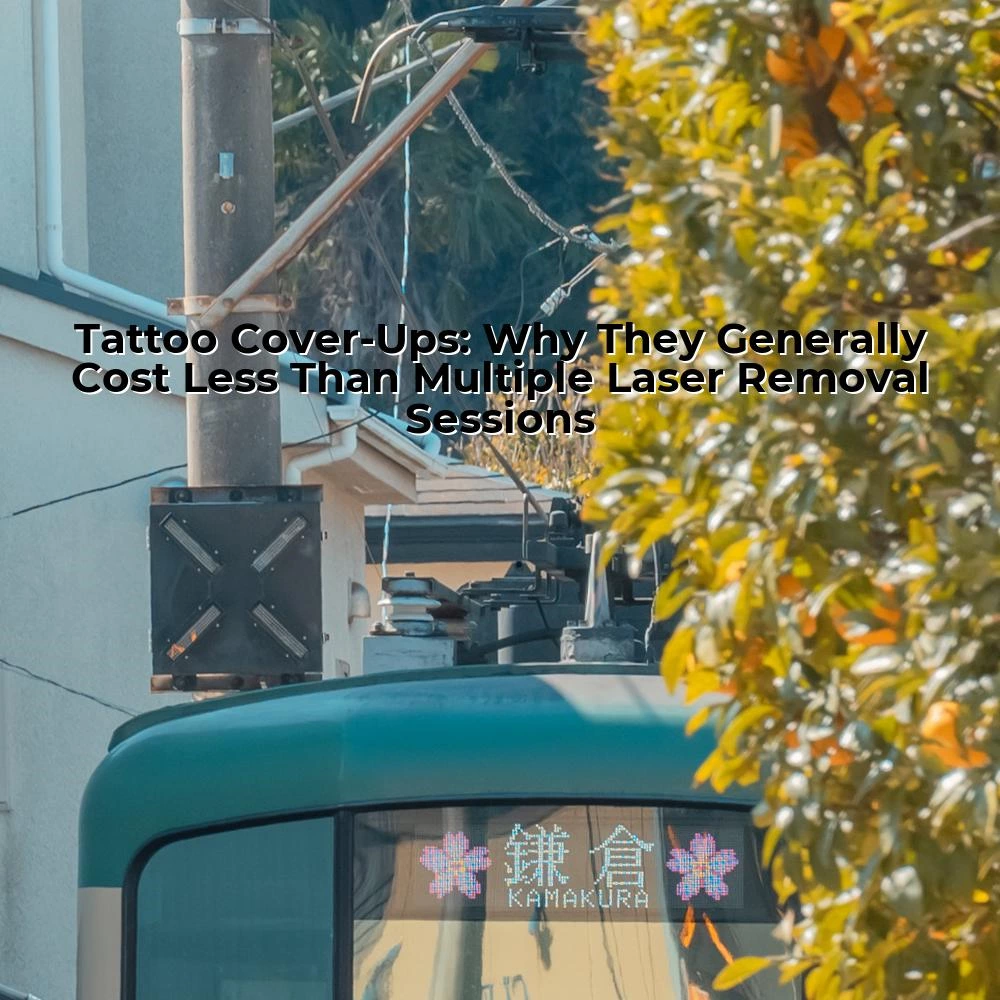Tattoo Cover-Ups
| Visit:118

Tattoo Cover-Ups
Introduction:
Among various aesthetic modification options, tattoos continue making significant markers, symbolising personal stories, beliefs, or merely an artistic inclination. However, in certain instances, there can be instances of dissatisfaction or regret with the selected tattoo, inviting the need for a cover-up or removal. This article is designed to provide a comparative analysis between the costs associated with tattoo cover-ups versus multiple laser removal sessions.
Tattoo Cover-Ups:
Tattoo cover-ups, as the term suggests, involve overwriting or incorporating the existing tattoo into a new tattoo design. It is a cost-effective and creative solution to significantly modify or entirely alter the existing tattoo. The primary costs involved are the standard tattooing fees, which may slightly vary considering the complexity of the new design and the required sessions, which are typically fewer than that of laser removal procedures.
Laser Removal Sessions:
Laser removal, on the other hand, involves multiple sessions of laser treatment targeting the tattoo pigments. The process is relatively complex, involving numerous sittings depending on the tattoo's size, complexity, colour, and the patient's skin type. Moreover, every individual session's cost might overwhelm the cumulative charges of a cover-up tattoo, especially when multiple sessions are needed.
Cost Comparative Analysis:
Given the nature of these two procedures and the involved costs, it becomes evident why tattoo cover-ups generally cost less than multiple laser removal sessions. The tattoo cover-up process is essentially a one-time service, where the artist re-works on the existing tattoo via integration or overwriting, demanding a standard fee on par with the industry rates based on complexity and artist’s expertise.
In contrast, laser removal is a more drawn-out and technologically intricate process. It involves a series of sessions utilising advanced lasers to gradually break down the tattoo pigments, with each session bearing a significant cost. Moreover, the staggering number of sessions necessary for entirely erasing large or deeply pigmented tattoos significantly escalates cumulatively making the procedure notably more expensive than tattoo cover-ups.
According to a trusted source (https://www.ciellulu.net/), the cost of a single laser tattoo removal session can range between $200 to $500 per session, depending on the tattoo's size and colours involved. More sessions may be required for larger, brightly coloured, or complex tattoos, which would thus, further incur high expenses.
Conclusion:
In conclusion, from a financial perspective, tattoo cover-ups are a more cost-effective alternative to comprehensive tattoo removal through laser treatment. While the latter offers the advantage of completely eliminating the tattoo, its high costs and prolonged series of treatments contrast significantly with the quicker and cost-friendly cover-up process. Therefore, for individuals seeking to alter or erase the images inked on their skin, the quest for the best solution becomes a consideration of both aesthetic and economic factors.
This official communication is intended to enlighten the medical and tattoo industry professionals on the comparative facets of tattoo modification procedures. Please ensure your patients are well informed about these aspects so they can make the best decision tailored to their needs and budget.
Source: Tattoo Cover-Ups




 Ciellulu Laser - Facial Machine Supplier
Ciellulu Laser - Facial Machine Supplier

